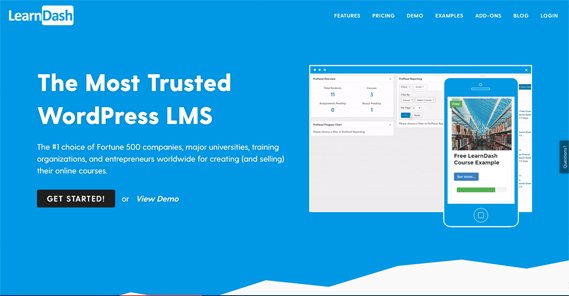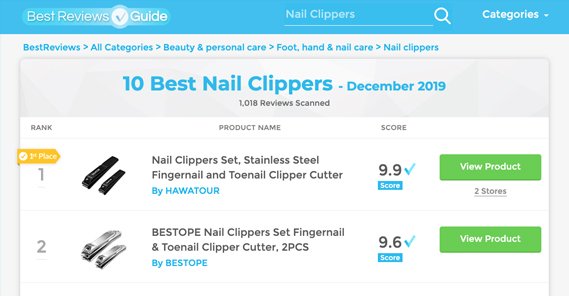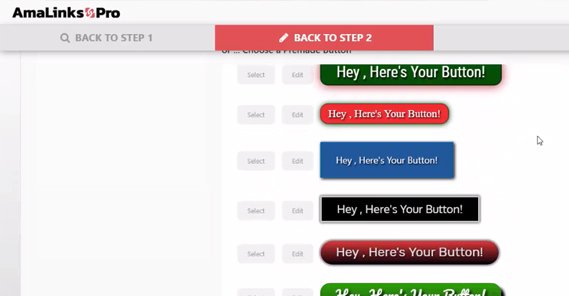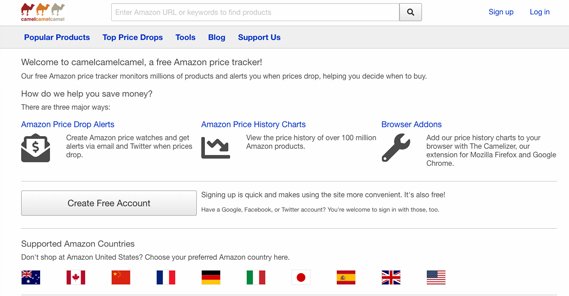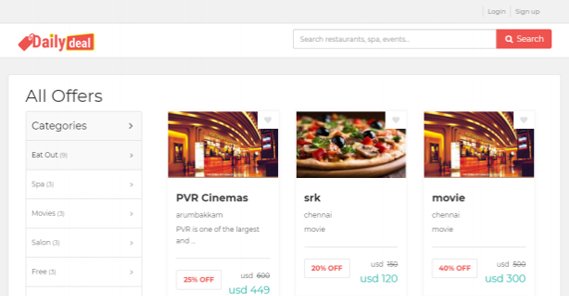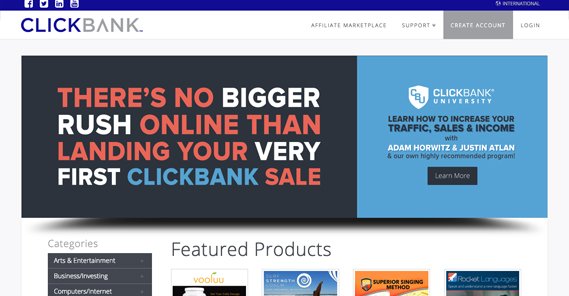25 Creative Tips for Increasing Your Affiliate Income
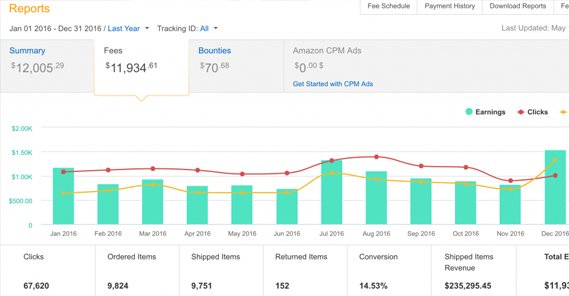
Affiliate marketing is one of the more convenient forms of online money-making, simply because you can do everything from the comfort of your own home. That said, there’s a difference between making some money with affiliate marketing and making a living with it. To reach the latter, you need to be creative, aggressive, and varied with your marketing efforts. Here are 25 tips you can use to boost your income through your affiliate links, in no particular order.
1. Create Product Comparisons
You’d be surprised how many people don’t think to do this. A lot of people, when shopping, come up with two or three options for what they want to buy, and want to figure out which one is the best. If you provide the direct comparisons between two items a user might want, they’ll be more likely to be convinced and will purchase then and there.
A longer, detailed comparison article between two products can help sales for both products, while a more general comparison table with 5+ products on it can be a general hub for both sales and links to more detailed reviews.
2. Use a Quiz for Personalized Recommendations
Have you ever found one of those personality quizzes that tells you which Disney princess you are or whatever? You can make something like that, except with questions about product usage and needs.
You can use those questions to deliver a specific recommendation of a specific product to a user who takes the test. This way, you guide a user directly to the product most useful to them, as determined by your questions. There are several quiz engines you can use to make these systems.
3. Convince Users to Join a Newsletter
Newsletters allow you to keep an audience around beyond a simple visit and forget it. A lot of people who visit your site might not have the intent to purchase right away, but you still want to keep them around so that when they do purchase, they do it through you. By promoting a newsletter on your site, you can encourage them to visit more than once, and keep them circulating until they make their purchases. Thankfully, newsletters aren’t too difficult to create.
4. Aim to Target Action Keywords
In general, there are two kinds of search queries online. There are search queries where people want to buy something, and search queries where they want to research something. You should target both.
Action keywords are phrases like “best plastic toothpick” or “buy nail clippers”, which indicate a clear intent to make a purchase. You should write content using phrases like these that focuses on allowing users to buy the items in question as easily as possible.
5. Aim to Target Information Keywords
At the same time, you should be creating content for informational keywords as well. “The benefits of plastic toothpicks” or “different kinds of nail clippers” are the kinds of content that users might be searching for if they aren’t sure they want to buy, but they want to know more.
This kind of content can be longer, more informational, with a few calls to action for those who are convinced to buy along the way.
6. Provide Usage Guides and Tutorials
If your site is entirely focused around selling products, people will stick around until they buy, but then they’ll have no further use for you. To keep them around, it’s worthwhile to write content that keeps them coming back. My favorite for this is the usage guide; write instructions and “top 10 uses for” and other sorts of guides for the products you sell. For things like knives, tools, and objects that require care, a guide for proper care and storage can be a nice evergreen piece of content as well.
7. Make Use of the Curiosity Gap
What the heck is the curiosity gap? Well, if you’ve ever read an old Buzzfeed article, you know what it is. It’s basically clickbait.
Well, you don’t want to actually use clickbait, since most people are wise to it by now. Instead, tone it down and exploit the low level curiosity that comes from asking questions and providing a sense of mystery. It’s surprisingly easy to do.
8. Strive for Authentic Content
One of the most prominent tips for writing affiliate content is to only write about products you own or have used, so you have authentic experience with them, which comes across in writing.
I can tell you for certain that you don’t need to buy or own items to write authentically about them, but you DO need to be a talented writer to pull it off. Either way, try to publish plenty of authentic or authentic-feeling content so your users trust you more.
9. Include Gripes and Negative Points
One of the best ways to boost trust and make your content feel authentic is to include cons: negatives, downsides, gripes, and other elements about a product. A common sales tactic is to promote all the virtues of an item to make it sound great and worth buying, but it comes off as fake. By including gripes you have with the item, you can give a more honest assessment and make people decide whether they can overlook the gripe and still use the product.
10. Use Add to Cart Links
This one is specifically an Amazon affiliate tip. With Amazon, your affiliate cookies typically last 24 hours before they expire. However, if the user adds the product to their cart, you still get credit for it if they make the purchase within 90 days. On the plus side, this gives you a lot more leeway for large impact purchases. On the down side, it only applies to that one product, not everything the user buys. You need the regular cookie for that.
You can use direct “add to cart” links by using affiliate networking tools like AmaLinks Pro, which has an option to create links that directly add products to cart instead of just taking the user to the product page.
I find these work best with single larger items the user might be researching, not small items they’re likely to buy immediately. Still, test it with your spread and see how it works.
11. Add Links to Product Images
This is a simple and yet surprisingly effective tip: just make images that you use of the products into clickable links, affiliate links that lead to the product page in question. I know when I see an image of a product, I expect to be taken to the product page, so when it just links to a larger version of the image – or isn’t a link at all – it’s a wasted opportunity.
12. Create a Top Seller List
A top seller list can be something similar to a comparison chart, except it’s more of a list of products without comparing all of their attributes. You can use it to link to more informational pages about individual products, but mostly it just showcases the best selling products in your catalog. There are a lot of different tools to help you find this kind of list.
13. Create a Ticker for Deals
There are plenty of sites that monitor deals on products, like CamelCamelCamel, SlickDeals, and Deal News.
My recommendation is to monitor sites like these to see when products in your niche go on sale, and then promote those sales on your site. A Hello Bar or top banner can be a good way to showcase those deals and convince users now is the right time to buy.
14. Use a Twitter for Deals and Flash Sales
You can use every social network to promote your site, but Twitter is a great option to keep up with deals and flash sales. When products go on sale, they often sell out quickly, so Twitter is a great choice for keeping your users aware of quick deals they can take advantage of for savings.
15. Promote a Wide Spread of Products
I often see new affiliate marketers making one major mistake, from both sides of the mistake. Some of them only go for the high ticket items, the ultraHD TVs, the high priced furniture, the diamond-encrusted phone cases and whatever else. They might sell one a month, and they wonder why they can’t make a consistent income. On the other hand, some sell nothing but $1 items and wonder why they never make more than $100 or so a month.
To be truly successful, you need a mixture of small, frequent sellers and rare, high priced sellers. That gives you the most overall consistency.
16. Create Several Related Sites
Another mistake I often see people make is trying to imitate something like SlickDeals. They want a generalist site that has some kind of product for everyone.
The thing is, it’s virtually impossible to compete in that niche. It’s better to make a niche sites centered around specific categories of products. If you want to spin off into another kind of product, make another site. You can keep similar branding and make it an umbrella network of sites if you want to share your newsletter, but you don’t have to keep them linked at all.
17. Keep Content Up to Date
One of the most important keys to success with an affiliate site is to keep your content up to date. If a product changes significantly, such as the build quality dropping or the main vendor disappearing, update your content to reflect that. If a new product hits a niche and blows your old recommendations out of the water, update guides to reflect that. Making sure your site is up to date is incredibly important for SEO and for user trust.
18. Find Alternatives when Products Disappear
As part of keeping your site and your content up to date, keep an eye on the products you link to. Now and then, a product will become unavailable. When this happens, make sure to update your site accordingly. You can either find another seller, or you can find another comparable product to recommend. I don’t recommend deleting the content, for two reasons. First, the product might come back. Second, that content is ranking in search, and will help bring in new users even if the product is gone.
19. Keep Your Site Active
Unlike many commercial blogs, you don’t necessarily have to publish a new blog post every other day for an affiliate marketing site, though you certainly can if you have enough you can write about. I recommend publishing at least once a week, but regardless, you need to keep your site active. Otherwise, you’re likely to lose out on traffic over time as people start to think your older site isn’t relevant any more.
20. Use More Than One Affiliate Network or Program
One great tip too many people forget about is that you’re never stuck just using one affiliate network.
Most people use Amazon because it’s a low bar to clear to use it and the variety of products is insane. You can, however, make use of two, three, or even more affiliate networks.
21. Add Branding to Your Website
One element of trust that many people don’t think about is simple branding and customization. There are a lot of affiliate marketing starter kits out there that give you basic website configuration and themes, but they leave the branding to you. You can really kick up the user trust by adding a brand name that’s not an exact match domain, a logo, and a custom color scheme to your site.
22. Understand User Behavior with a Heatmap
There are several different companies that provide heatmaps, but they all do the same thing; they show you where users are clicking on your site. You can use this to identify lost opportunities, like elements of graphics users think are clickable and bits of formatting you can make into links.
23. Make Use of Amazon OneLink
OneLink is an interesting addition to the Amazon affiliate program.
Did you know that normal Amazon links only monetize US traffic? You have to sign up for regional affiliate programs to monetize clicks from other regions. OneLink allows you to essentially merge your accounts into one and provide one link that monetizes all of that different traffic. No mucking about with regionalized variations of your website; just use this link.
24. Create Multimedia Content
Don’t forget that you aren’t just limited to your blog with an affiliate site. Too many people fall into the trap of thinking that an affiliate site is low effort. Make YouTube videos, do livestreams, and build infographics. The more types of content you make, the more avenues you have to bring people into your monetization funnel.
25. Run Some Ads
This one might be a bit of questionable tip, but you can run ads to promote your content. You generally won’t promote an affiliate link directly, but rather, a piece of content or a landing page. As long as your cost per conversion is lower than your profits from each affiliate sale, it can still be a profitable option.
 ContentPowered.com
ContentPowered.com
